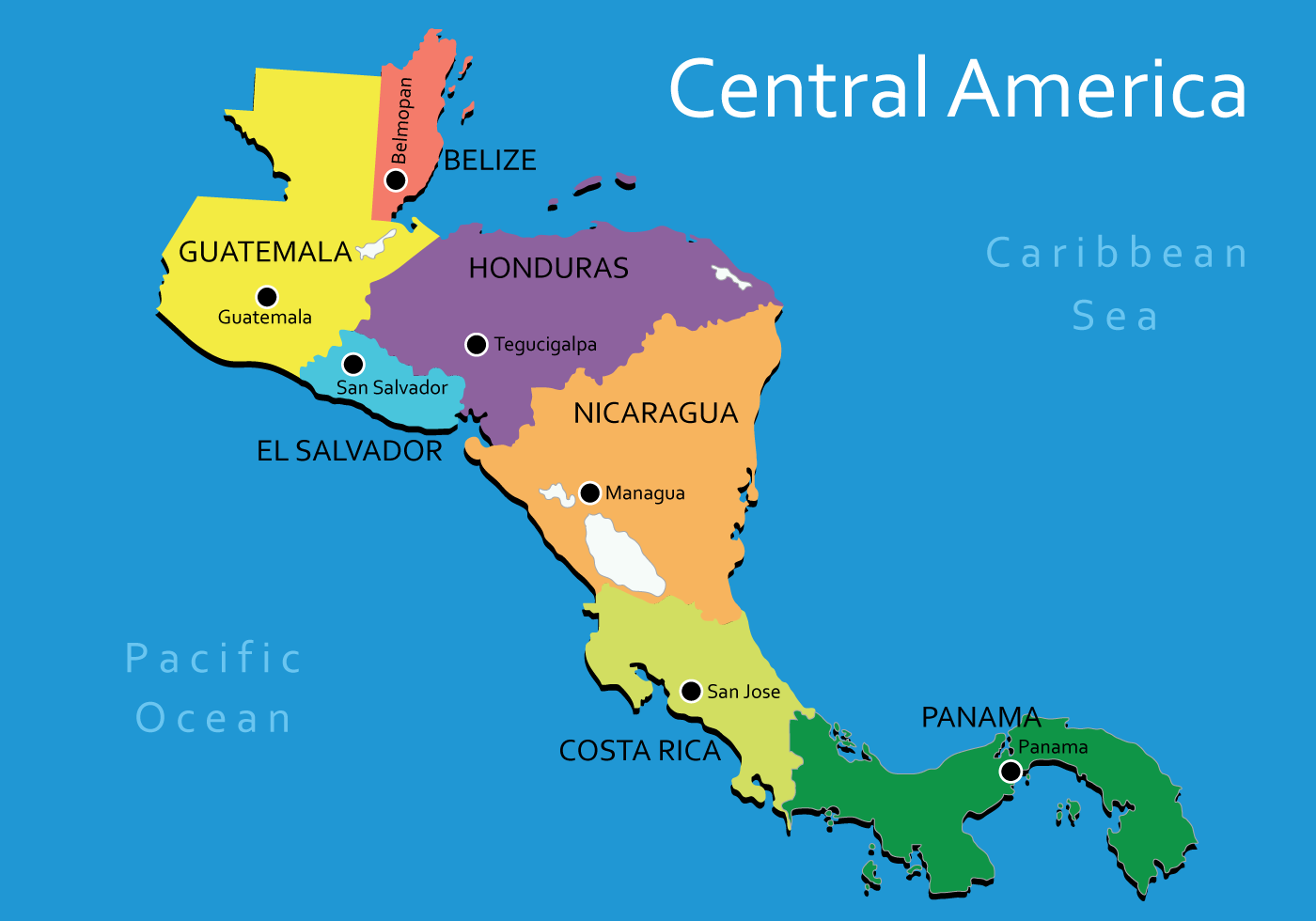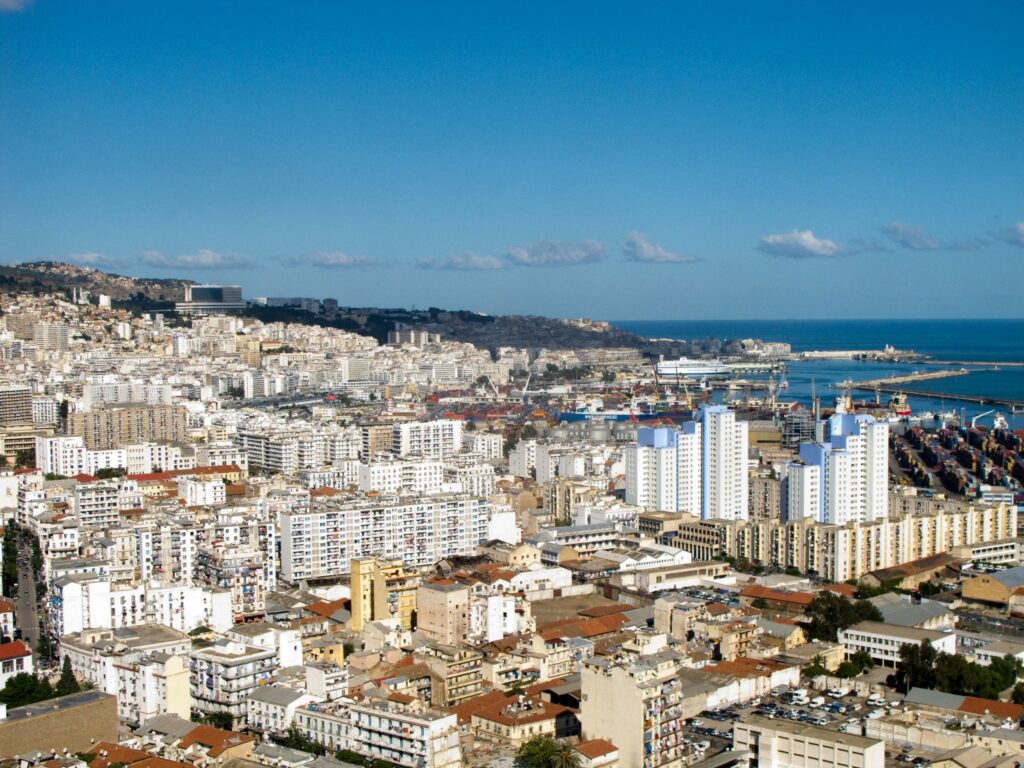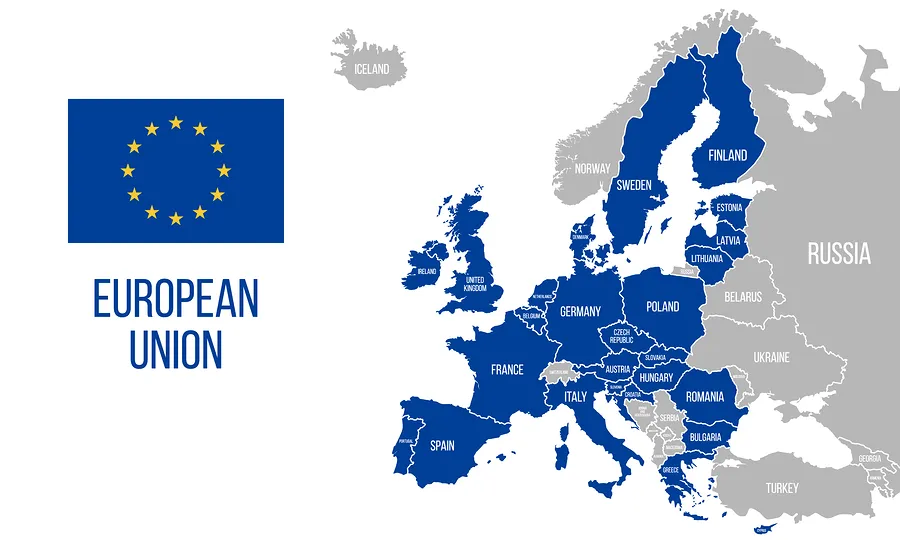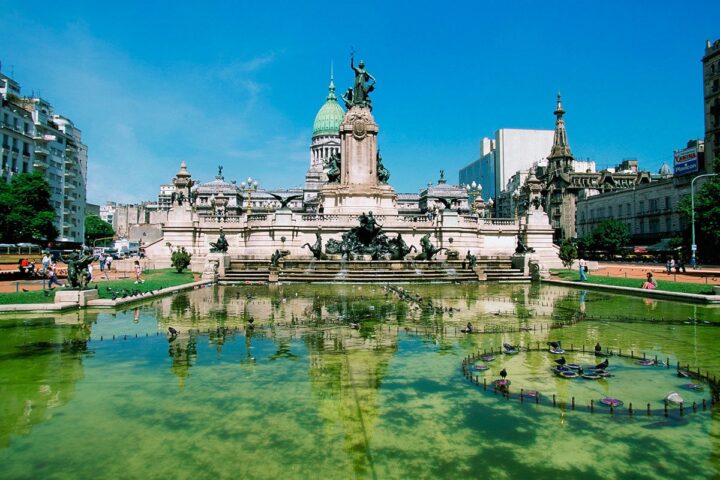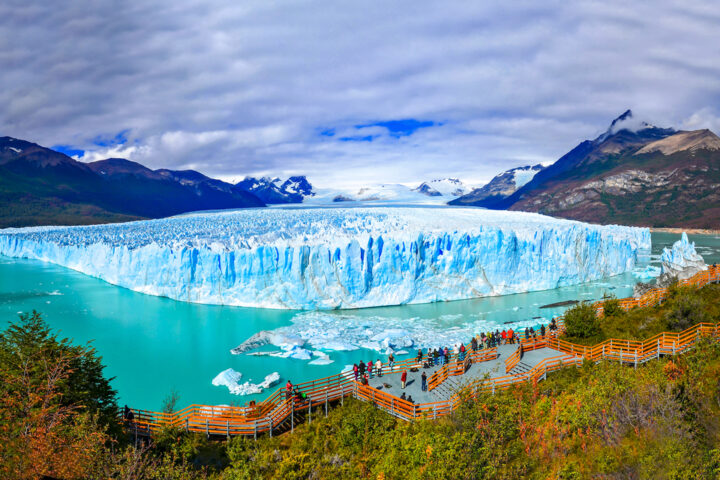Introduction to Central America
Central America consists of seven countries: Belize, Costa Rica, El Salvador, Guatemala, Honduras, Nicaragua, and Panama. Bordered by Mexico to the north and Colombia to the south, this isthmus is known for its lush rainforests, volcanic landscapes, and pristine beaches.
Geography and Climate
Central America is characterized by its diverse geography, including rugged mountains, tropical rainforests, and coastal plains. The region is part of the Pacific Ring of Fire, resulting in volcanic activity and seismic events. The climate varies from tropical in coastal areas to temperate in higher elevations.
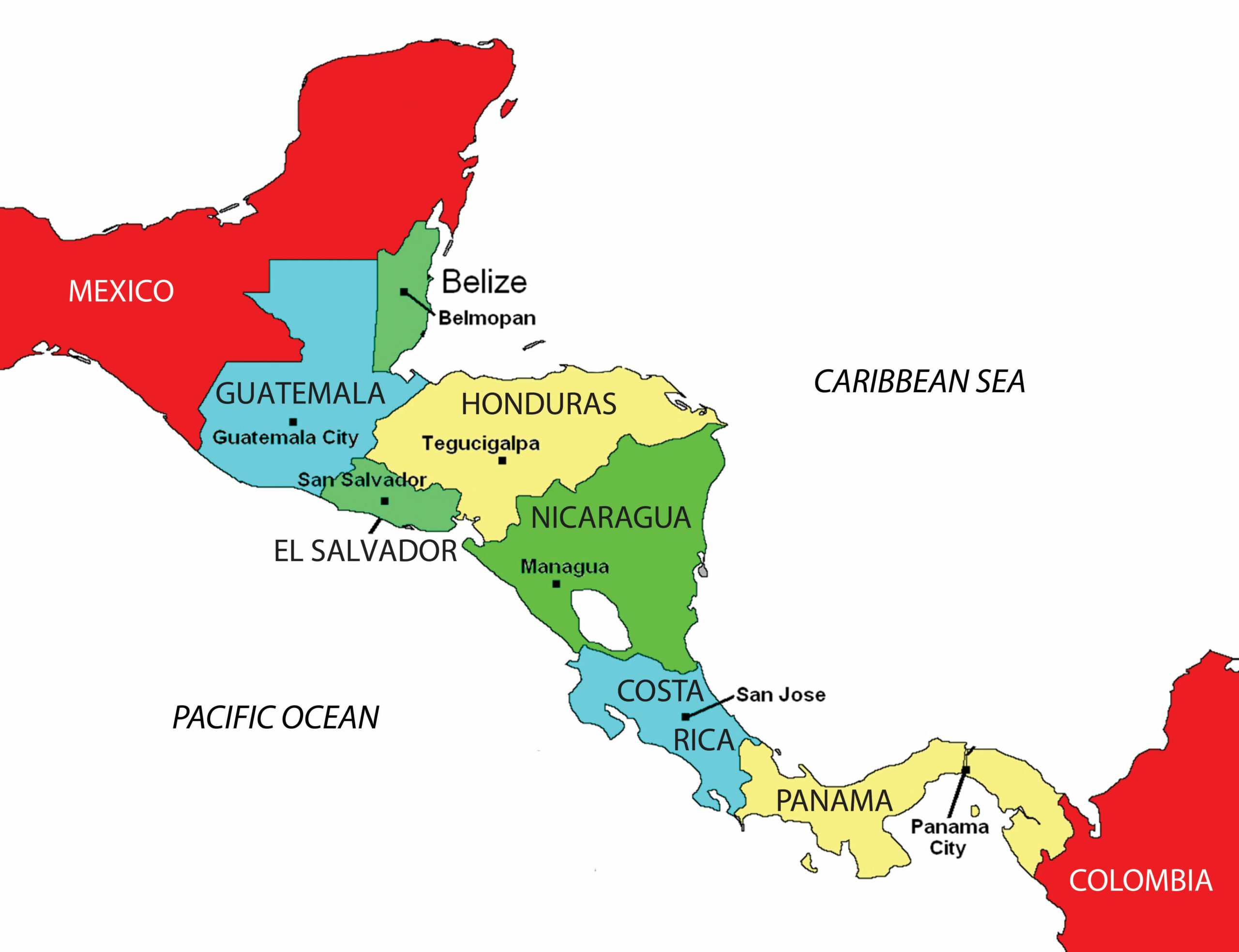
History and Indigenous Cultures
Central America boasts a rich history dating back thousands of years. It was home to advanced indigenous civilizations such as the Maya, Aztec, and Olmec. Spanish colonization in the 16th century profoundly impacted the region, leaving a lasting legacy evident in its language, religion, and culture.
Countries of Central America
Belize
- Fun Fact: Belize is home to the largest barrier reef system in the northern hemisphere, making it a popular destination for snorkeling and diving enthusiasts.
Costa Rica
- Fun Fact: Costa Rica is renowned for its biodiversity, with over 25% of its land area designated as protected areas or national parks.
El Salvador
- Fun Fact: El Salvador is the smallest country in Central America but has a rich cultural heritage, including ancient archaeological sites like Joya de Cerén, known as the “Pompeii of the Americas.”
Guatemala
- Fun Fact: Guatemala is famous for its vibrant indigenous cultures, colorful traditional textiles, and ancient Mayan ruins, such as Tikal, one of the largest archaeological sites in Mesoamerica.
Honduras
- Fun Fact: Honduras is home to the UNESCO World Heritage Site of Copán, an ancient Maya city renowned for its intricately carved stelae and hieroglyphic inscriptions.
Nicaragua
- Fun Fact: Nicaragua is known as the “Land of Lakes and Volcanoes” due to its numerous freshwater lakes and active volcanoes, including the iconic Momotombo volcano.
Panama
- Fun Fact: Panama is famous for its engineering marvel, the Panama Canal, which connects the Atlantic and Pacific Oceans and facilitates global maritime trade.
Economy and Tourism
Central America’s economy is diverse, with agriculture, tourism, and manufacturing playing significant roles. The region’s natural beauty and cultural attractions attract millions of tourists annually, contributing to economic development.
Conclusion
Central America is a region of immense beauty, cultural diversity, and historical significance. From its ancient civilizations to its modern-day attractions, Central America offers a wealth of experiences for travelers and scholars alike.
Commonly Asked Questions
Is Central America safe for travelers?
While some areas may have safety concerns, many parts of Central America are popular tourist destinations and relatively safe for travelers. It’s essential to research specific countries and exercise caution in unfamiliar areas.
What languages are spoken in Central America?
Spanish is the predominant language spoken in Central America, although indigenous languages such as Mayan, Garifuna, and others are also spoken in certain regions.
What are some traditional dishes in Central America?
Central American cuisine varies by country but often includes staples such as rice, beans, corn, and tropical fruits. Some popular dishes include pupusas (El Salvador), gallo pinto (Costa Rica), and baleadas (Honduras).
What is the main country in Central America?
The main country in Central America is Guatemala. It is the most populous and one of the largest countries in the region, known for its rich indigenous culture and historical significance.
What are 5 interesting facts about Central America?
- Central America is home to the Mesoamerican Barrier Reef System, the second-largest coral reef system in the world.
- The region is known as the “Land of Volcanoes,” boasting over 200 volcanoes, some of which are still active.
- Central America is a biodiversity hotspot, with lush rainforests, cloud forests, and diverse ecosystems supporting a wide variety of plant and animal species.
- The ancient Maya civilization, which flourished in Central America, left behind impressive archaeological sites such as Tikal in Guatemala and Copán in Honduras.
- Central America is a cultural melting pot, with influences from indigenous peoples, Spanish colonialism, African heritage, and more shaping its vibrant traditions and customs.
What is the most visited country in Central America?
Costa Rica is the most visited country in Central America, renowned for its ecotourism attractions, pristine beaches, and biodiversity-rich national parks.
What is the largest city in Central America?
Guatemala City, the capital of Guatemala, is the largest city in Central America in terms of population and urban area.
Which is the smallest country in Central America?
El Salvador is the smallest country in Central America, known for its dense population, vibrant culture, and picturesque landscapes.
What is the 2 largest country in Central America?
Honduras is the second-largest country in Central America, known for its diverse geography, including coastal plains, mountain ranges, and tropical rainforests.
What is the largest land in Central America?
The largest lake in Central America is Lake Nicaragua, also known as Cocibolca. It is notable for its size, biodiversity, and the presence of Ometepe Island, a volcanic island within the lake.
What is the most populous state in Central America?
The most populous state in Central America is Guatemala, which is also the main country in the region. It has the largest population and is home to various indigenous groups and ethnicities.
What are the 7 capital cities in Central America?
The capital cities of the seven countries in Central America are:
- Belmopan (Belize)
- San José (Costa Rica)
- San Salvador (El Salvador)
- Guatemala City (Guatemala)
- Tegucigalpa (Honduras)
- Managua (Nicaragua)
- Panama City (Panama)
Nicholas Carter, the Country and Culture Correspondent, is a seasoned storyteller passionate about uncovering the vibrant tales and traditions that shape diverse nations. With a keen eye for cultural nuances, he shares immersive narratives that transport readers to the heart of different countries. His site is a captivating journey through history, customs, and scenic wonders, offering a unique perspective on global diversity.
Latest posts by Nicholas Carter
(see all)
Post Views: 158


